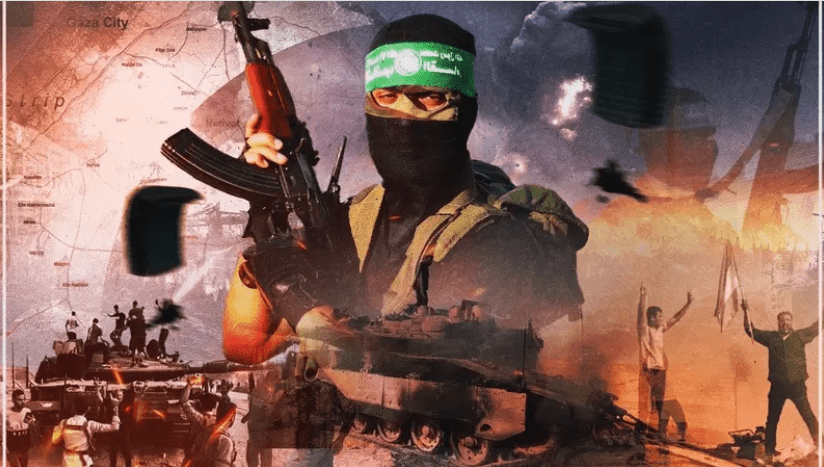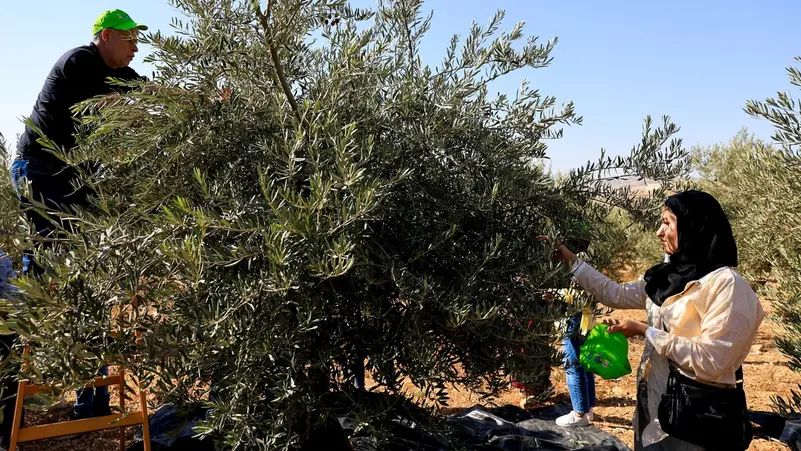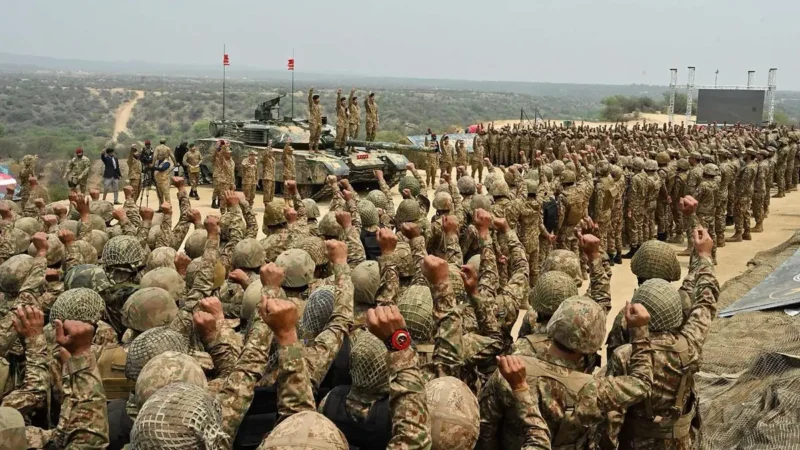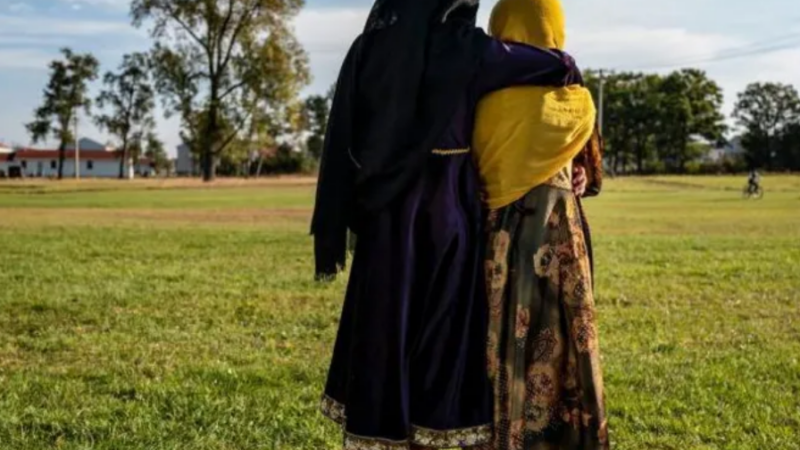October 7, a year later: How the Israeli assault of Hamas sparked a brutal conflict in the Middle East

A year after Hamas militants launched an unprecedented attack on southern Israel, triggering a war that has killed tens of thousands and displaced millions – with the body count still rising – the conflict shows no sign of abating, expanding beyond Gaza’s borders into Lebanon and multiple fronts in the Middle East.
The October 7, 2023, attack, which killed around 1,200 Israelis and saw some 250 taken hostage, according to Israeli officials, set off a chain of events that reshaped the Middle East’s political dynamics, devastated Gaza, sparked a mass exodus in Lebanon and left Israeli, Palestinian and Lebanese nationals grappling with immense loss and an uncertain future.
In the retaliatory offensive launched by Israel, in the past year, more than 41,000 Palestinians have been killed in Gaza, according to health officials in the Hamas-run enclave. They say a little over half of those killed were women and children.
The death toll equates to roughly one Palestinian killed every two hours since Israel’s campaign began, based on Al Arabiya English calculations. At the same time, Israeli airstrikes and ground operations have left much of Gaza’s infrastructure reduced to rubble, including hospitals, schools, and residential areas.
Aid agencies report severe shortages of food, clean water, and medical supplies and most of Gaza’s hospitals are no longer functional due to damage and lack of fuel for generators. The education system has collapsed, with nearly all schools closed or destroyed, leaving an entire generation without formal schooling.
The United Nations Relief and Works Agency for Palestine Refugees (UNWRA) posted on X earlier this week that, since the war began, more than 140 UNWRA schools have come under Israeli attack.
“I cannot quantify the horror that people have endured relentlessly for 12 months,” Louise Wateridge, the UNRWA spokesperson, posted on X this week. “I cannot fully portray the fear instilled upon an entire population, every hour, of every day. I cannot share the overwhelming smell of blood in hospitals.”
The Israeli blockade, tightened since the conflict began, has severely restricted the entry of humanitarian aid. The United Nations estimates 1.9 million Palestinians in Gaza, the vast majority of the population, have been displaced over the past year. Many are crammed into overcrowded shelters or tents in the southern part of the strip.
With bombs still snowing down on Gaza, for many of the Palestinian Territory’s 2.4 million people, the future remains shrouded in grave uncertainty.
After an Israeli strike leveled his family home in Gaza City in 2014, 37-year-old Mohammed Abu Sharia made good on his pledge to return to the same plot within less than a year.
The process was imperfect: The grant they received paid for only two floors instead of the original four, but they happily called it home until it came under aerial assault again last October, following Hamas’s attack on southern Israel.
This time, the family could not flee in time and five people were killed, including four children. The rest remain displaced nearly a year later, scattered across Gaza and in neighboring Egypt.
“A person puts his life’s hard work into building a house, and suddenly it becomes a mirage,” Abu Sharia told AFP. “If the war stops, we will build again in the same place because we have nothing else.”






